Modern Chinese History
Modern Chinese History I: The Republic of China 1911-1925
/in Modern Chinese History /by chinafolioThe Qing Imperial Monarchy was ultimately toppled by a decentralized revolution. Once it had been overthrown, it proved hard to find a new governmental structure that was satisfactory to all the regional economic and political interests which had worked to depose the Manchus.
Modern Chinese History II: Kuomintang and Communists – An Uneasy Alliance 1921-28
/in History, Modern Chinese History /by chinafolioDespite having only 53 members in 1921, the Chinese Communist Party (CCP) membership consistently expanded through 1928 by giving voice to workers and peasants. That said, during this time Sun Yat-sen’s Kuomintang Party (KMT), also referred to as the Guomindang or Nationalist Party, continued to enjoy greater prestige and numbers.
Modern Chinese History III: The Nanjing Decade 1927-1937
/in History, Modern Chinese History /by chinafolioThe period between 1927 and 1937 is often referred to as the Nanjing decade. The Kuomintang (KMT) established its new government in Nanjing after it had dispelled the Communists from the United Front and it had defeated the warlords to unite the country during the Northern Expedition.
Modern Chinese History IV: Japanese Invasion and World War II 1937-1945
/in History, Modern Chinese History /by chinafolioThe Second United Front – that was to fight Japanese expansion in China – worried Japanese militarists who increasingly controlled Japanese domestic and foreign policy. They argued that Japan should strike against China before it became too strong.
Modern Chinese History V: The Chinese Civil War 1945-49
/in History, Modern Chinese History /by chinafolioOn August 6 and August 9 the Americans dropped atomic bombs on Hiroshima and Nagasaki. By August 14 the Japanese surrendered, bringing to an abrupt end the 1937-1945 Sino-Japanese War and WWII into which the Sino-Japanese War had been subsumed.
Modern Chinese History VI: Creating a Communist Mindset 1949-1957
/in Modern Chinese History /by ChinaFolioOn October 1, 1949, Mao Zedong declared the founding of the People’s Republic of China (PRC) stating, “China has stood up!” The PRC was recognized by the Soviet Union on October 2nd and by other Communist countries shortly thereafter.
Dynastic History of China
Part I – A Formative Age: Prehistory 780,000 BCE – Zhou Dynasty 1046-221 BCE
/in Dynastic History of China /by ChinaFolioThe China that we see today had its origins in Prehistory. The remains of one of our earliest human ancestors, Peking Man, were found near the Zhoukoudian cave system located about 50 km southwest of Beijing.
Part I – A Formative Age: Prehistory 780,000 BCE – Zhou Dynasty 1046-221 BCE
/in Dynastic History of China /by ChinaFolioThe China that we see today had its origins in Prehistory. The remains of one of our earliest human ancestors, Peking Man, were found near the Zhoukoudian cave system located about 50 km southwest of Beijing.
Part II – Creation of a Classic, Bureaucratic Empire: Qin Dynasty, 221 – 206 BCE – Han Dynasty, 206 BCE – 220 CE
/in Dynastic History of China /by ChinaFolioThe end of the Zhou Dynasty was a chaotic time, with seven states vying for power across the empire. This period came to an end with the victory of the Qin, resulting in a brief, but hugely important, period of unity for the Chinese.
Part III – The Age of Division: 220 CE – end of Sui Dynasty 618 CE
/in Dynastic History of China /by ChinaFolioThe approximately 400 years between the Age of Division and the end of the Sui Dynasty, saw many familiar themes dominate. China endured fluctuating periods of fragmentation and reunification.
Part IV – The Silk Road – Cosmopolitan and Confucian Revival: Tang Dynasty 618 – 907 CE & Song Dynasty 960 – 1279 CE
/in Dynastic History of China /by ChinaFolioAs the Tang Dynasty got stronger after the fall of the Sui Dynasty in 618 CE, it confronted what was becoming a familiar set of challenges for all Chinese emperors wishing to consolidate control over a unified China.
Part V – The Mongol Empire: Yuan Dynasty 1279 – 1368
/in Dynastic History of China /by ChinaFolioThe Yuan marked the only time that China was entirely conquered by the Mongols. Increasingly, by the end of the Song Dynasty, when the Chinese refused to trade on what the Mongols felt were acceptable terms, the herders had the mobility and military skills to get what they wanted by launching raids.
Part VI – Exploration, Consolidation, Isolation: Ming Dynasty 1368 – 1644
/in Dynastic History of China /by ChinaFolioBy the mid-1300s, local rebellions had broken out in large parts of Yuan China. Into this increasingly unstable China, the Ming Dynasty founder Zhu Yuanzhang, better known by his temple name Taizu, was born into a poor peasant family, later becoming only the second peasant in all of Chinese history to become emperor.
Part VII – China’s Last Dynasty: Qing Dynasty 1644 – 1911
/in Dynastic History of China /by ChinaFolioAs China entered into the Qing Dynasty, the last of its long dynastic line, it became increasingly challenged by a desire to reaffirm traditional Confucian values in order to preserve its historic agrarian, hierarchical, patriarchal society.
Women in China
/in History, Society /by chinafolioSince the founding of the People’s Republic of China in 1949, promoting greater equality between men and women has been a stated goal of the Chinese Communist Party (CCP). Mao Zedong famously proclaimed “in China, women hold up half the sky.”



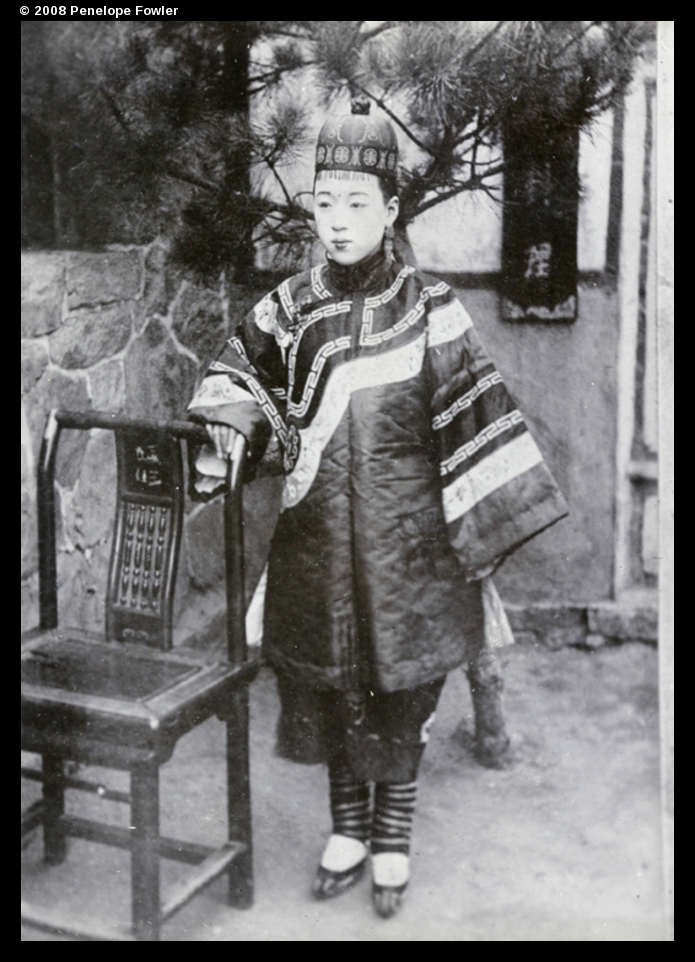

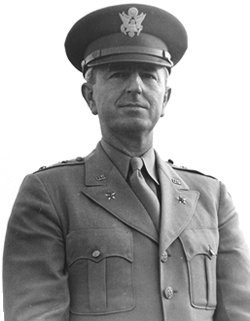
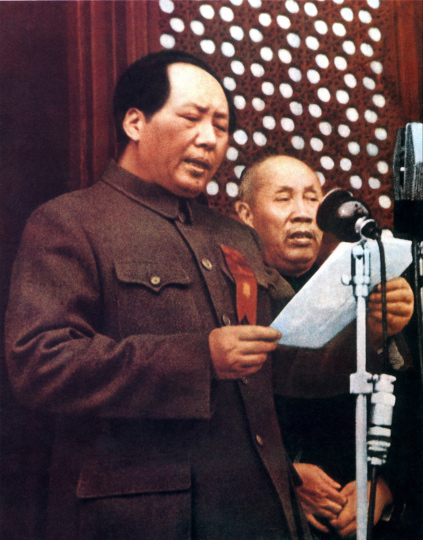


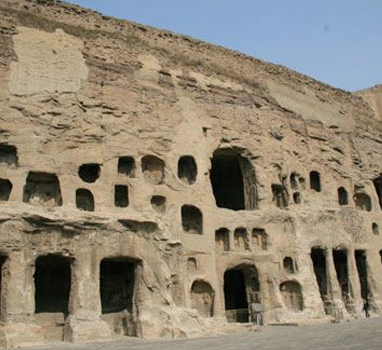

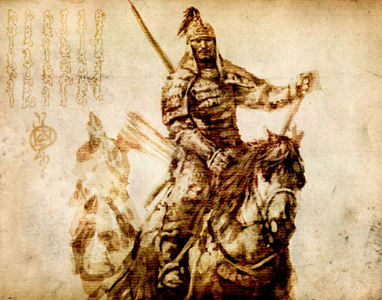

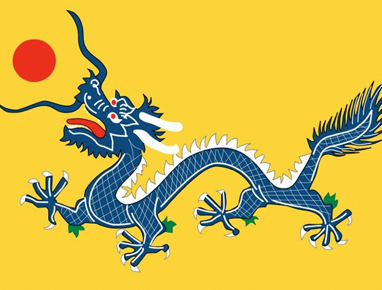


Modern Chinese History I: The Republic of China 1911-1925
/in Modern Chinese History /by chinafolioThe Qing Imperial Monarchy was ultimately toppled by a decentralized revolution. Once it had been overthrown, it proved hard to find a new governmental structure that was satisfactory to all the regional economic and political interests which had worked to depose the Manchus.